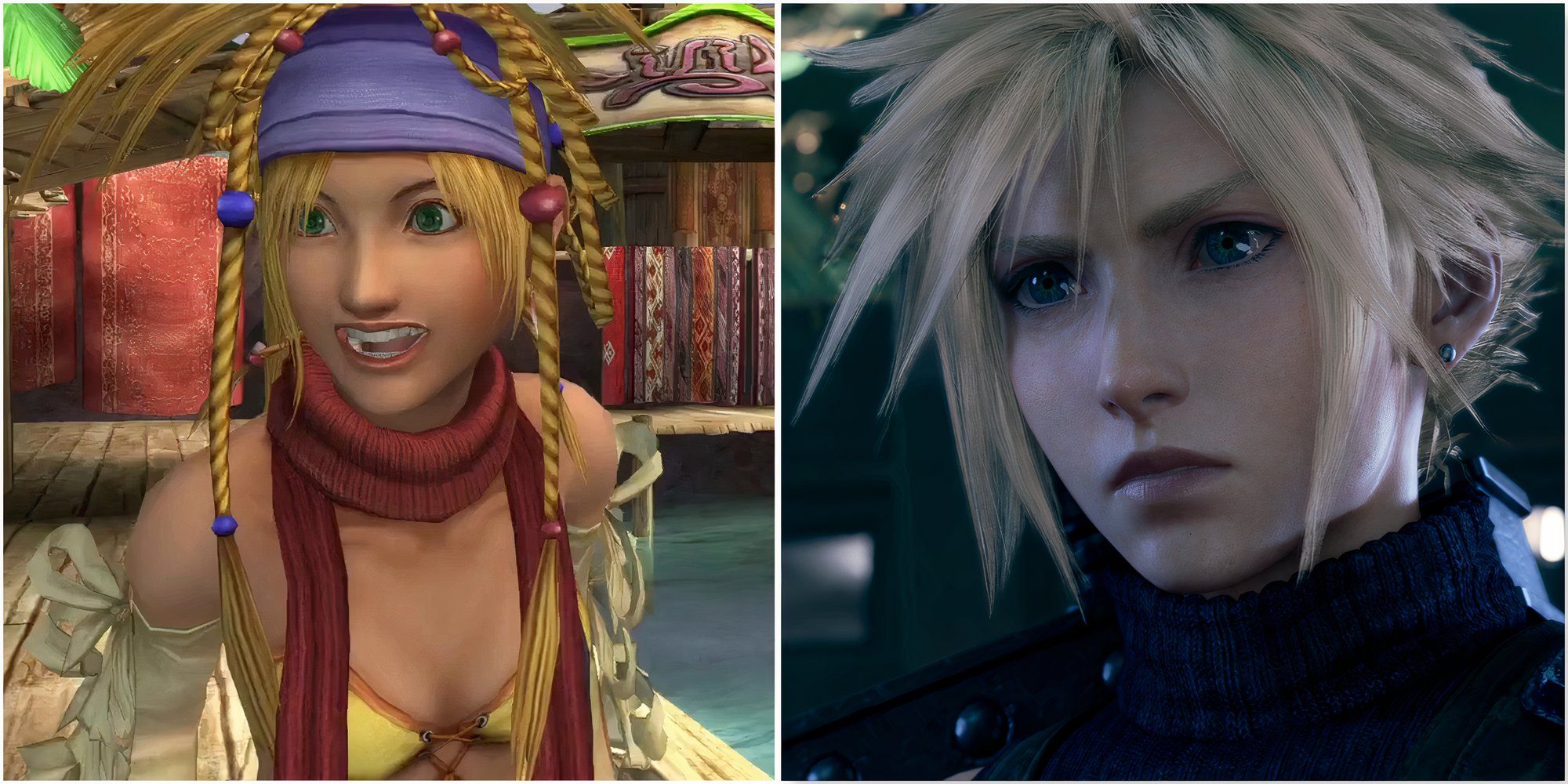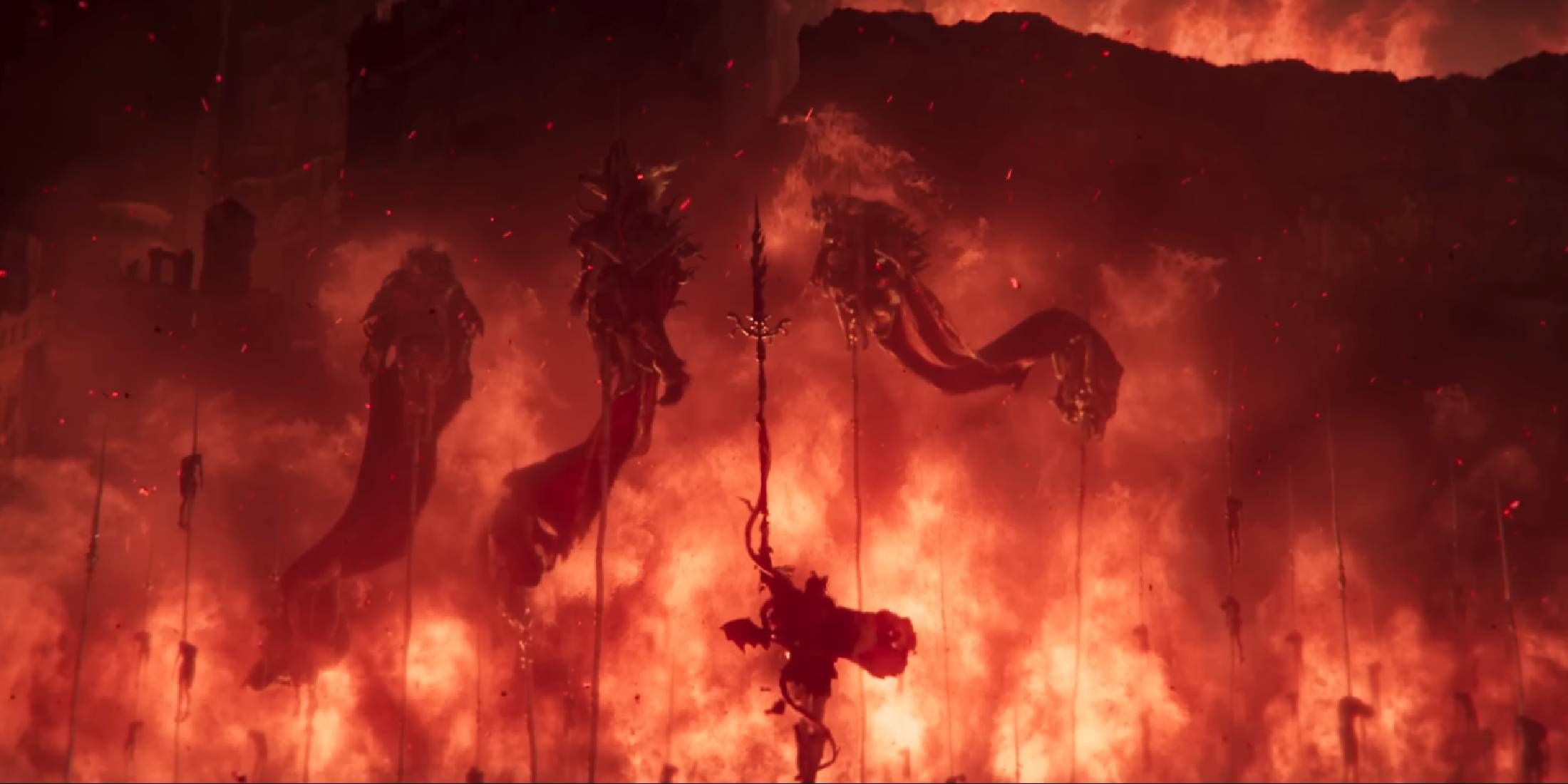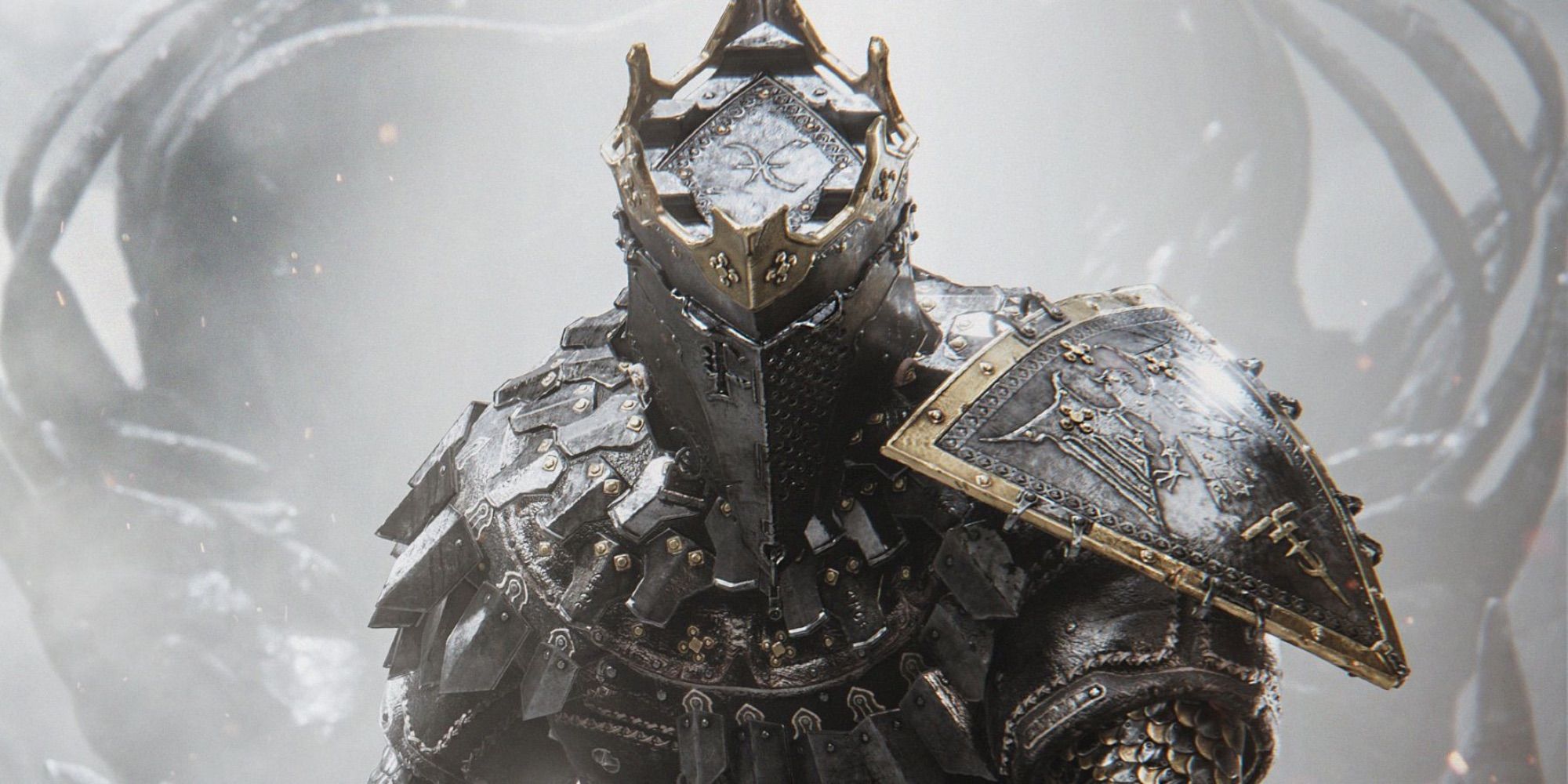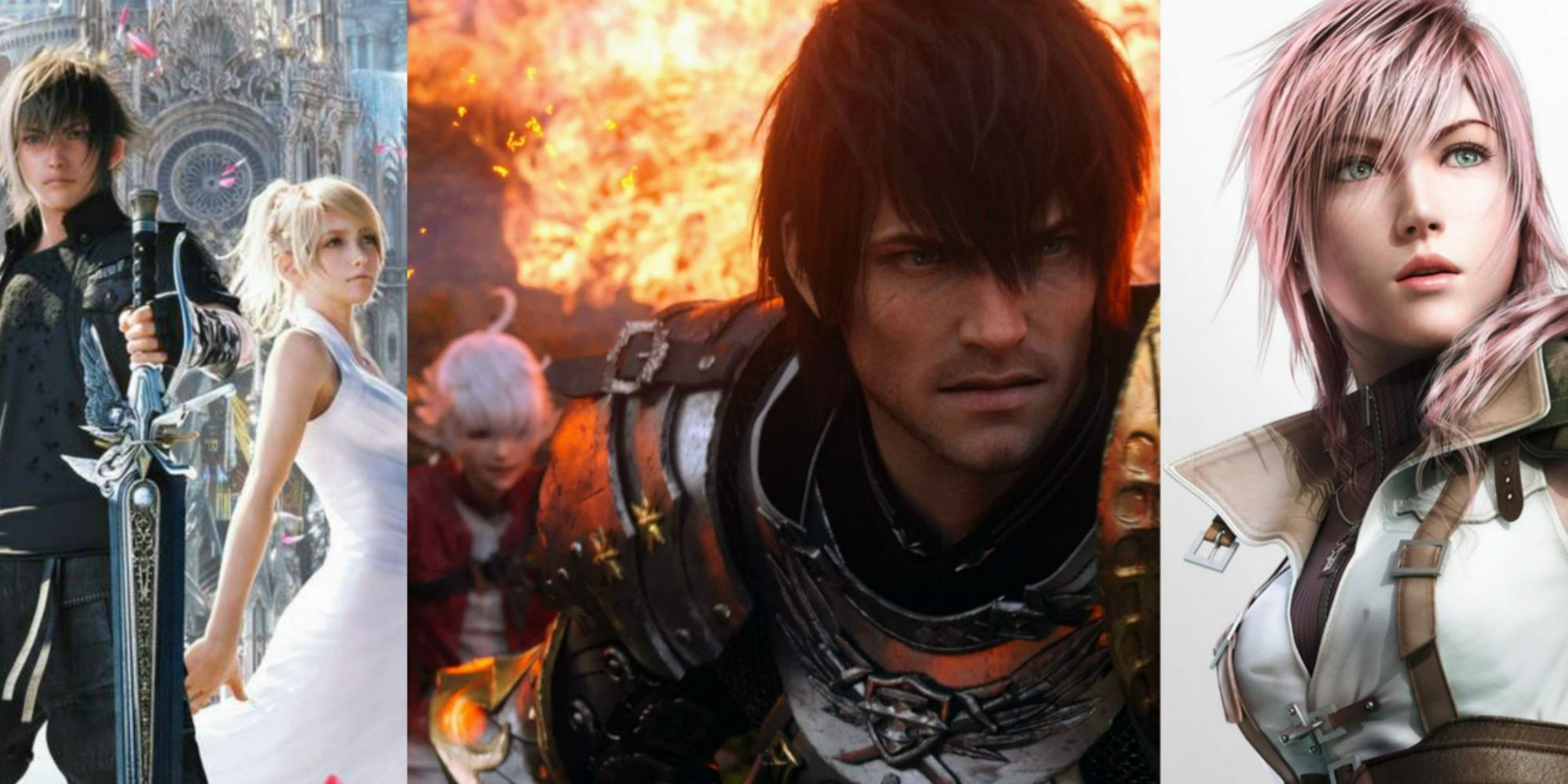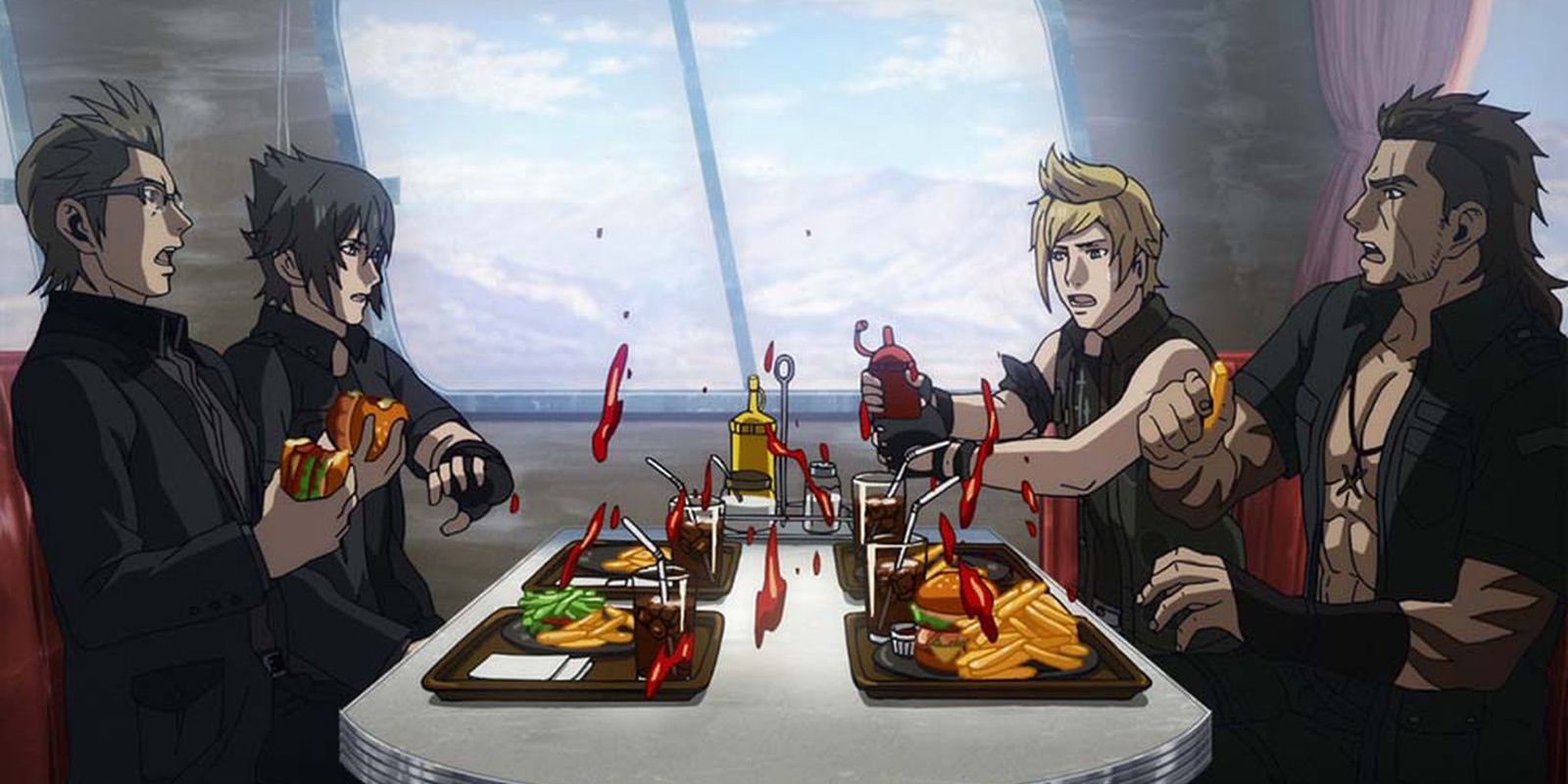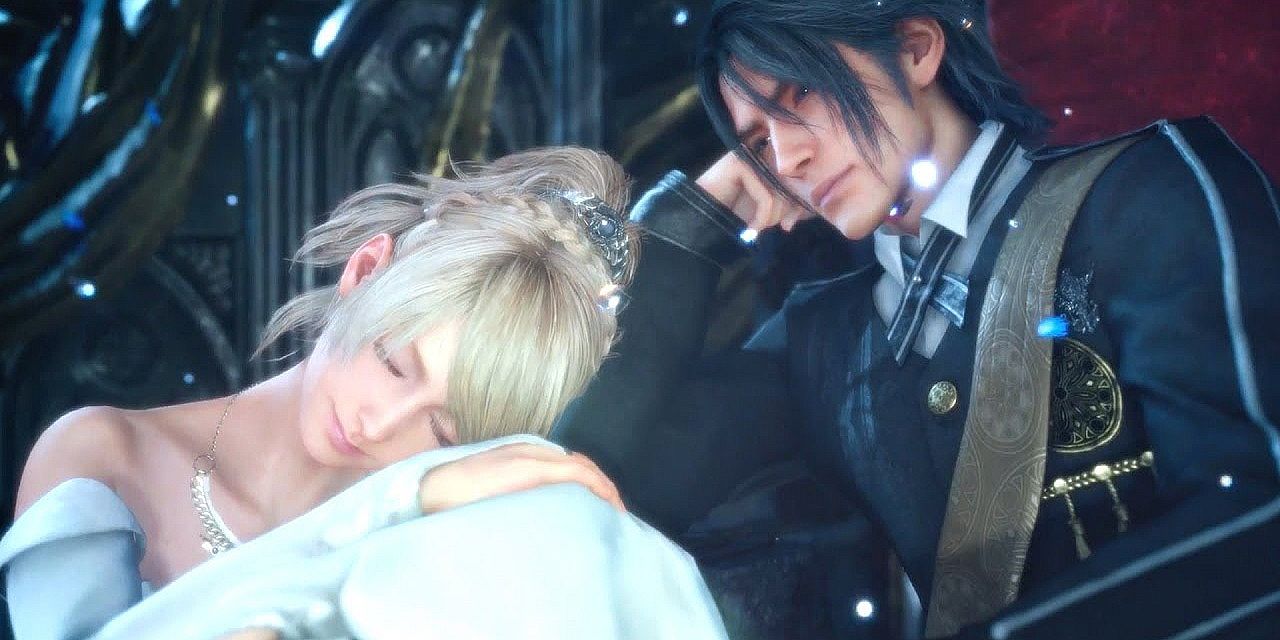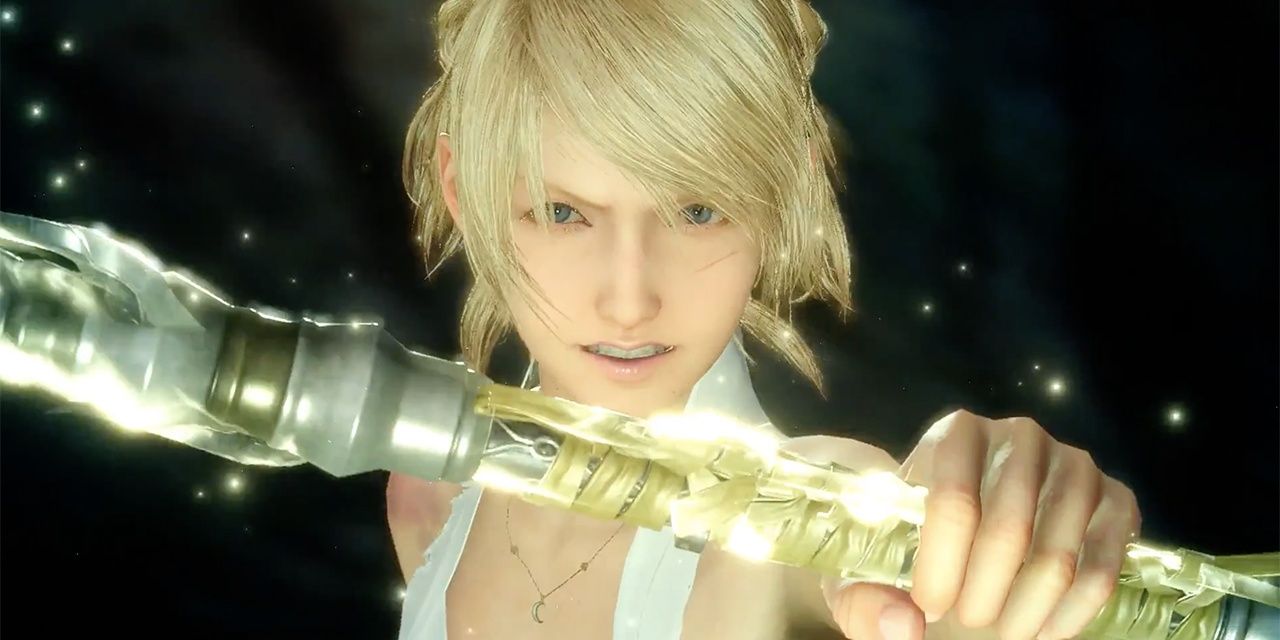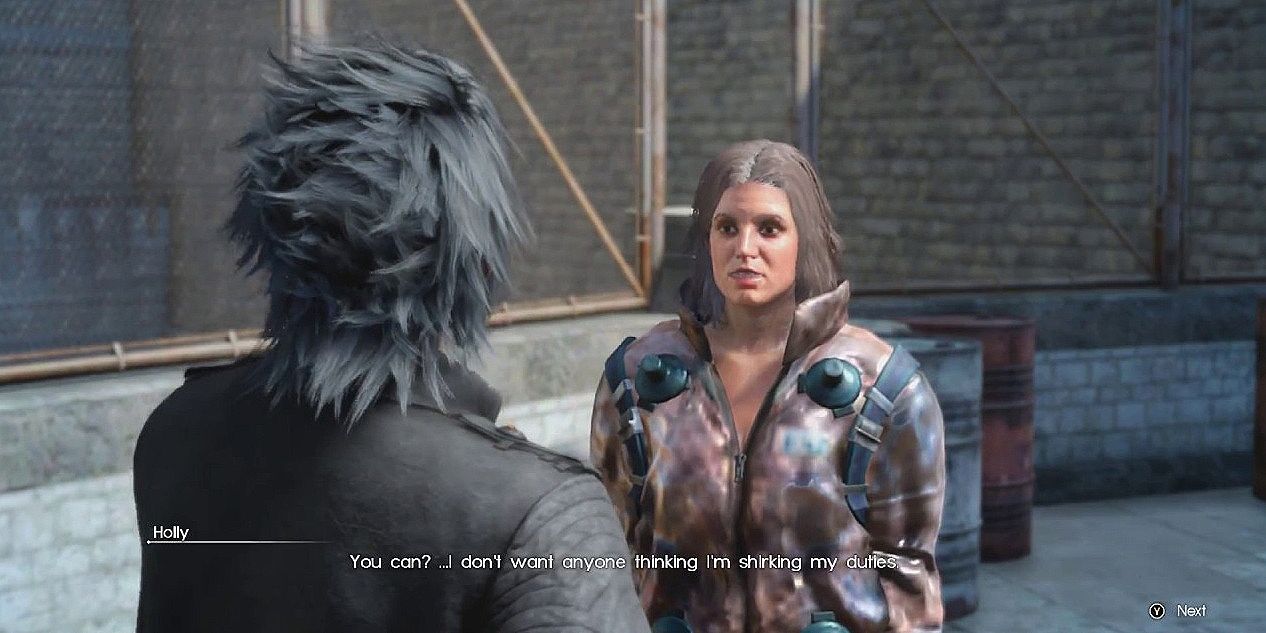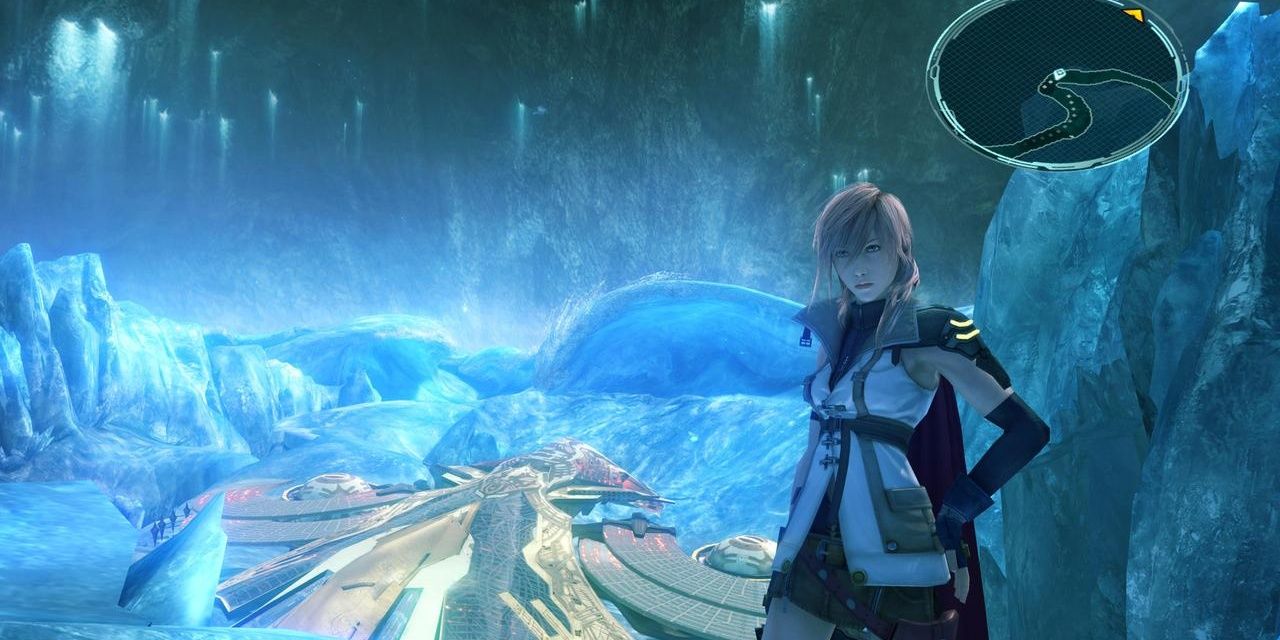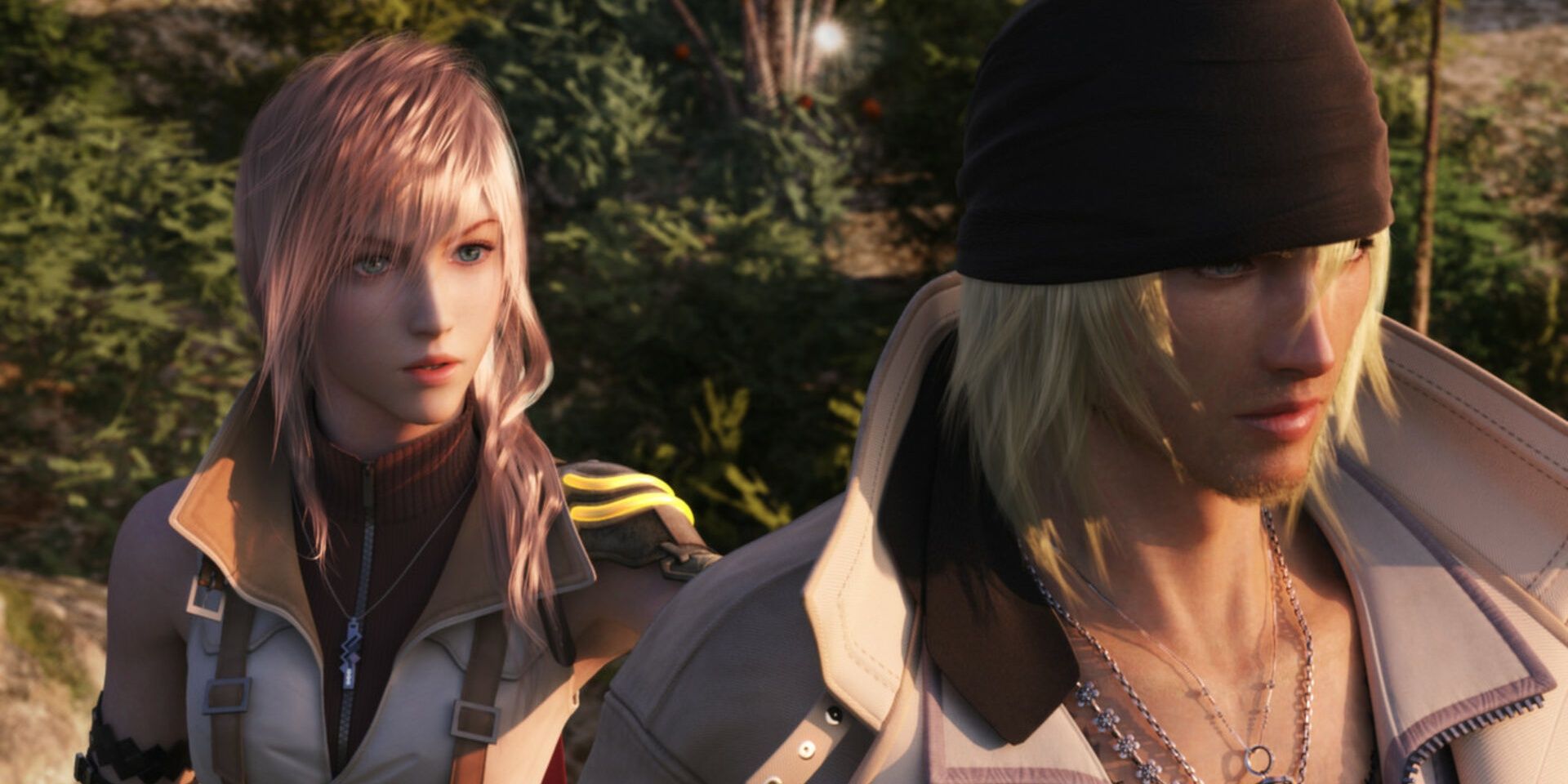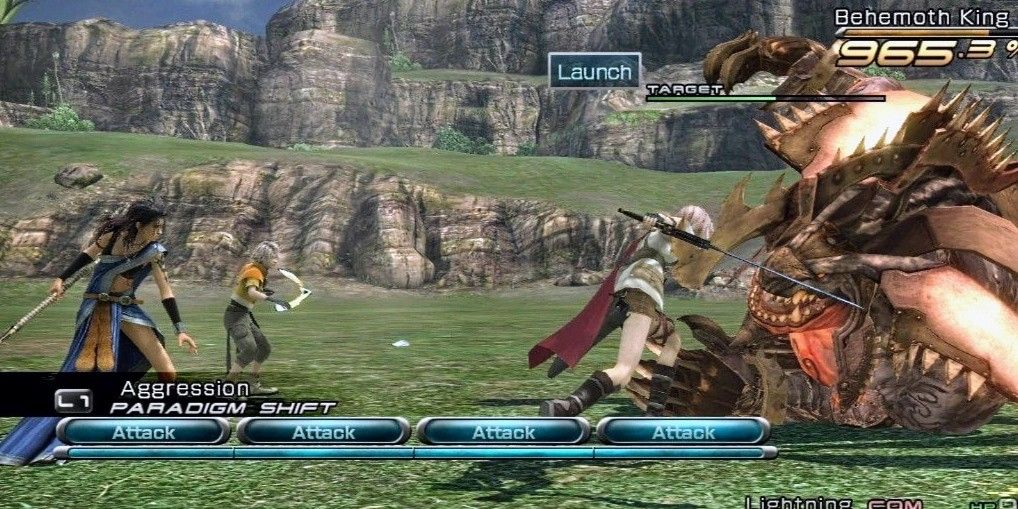With news of Final Fantasy 16’s release date on the horizon, one might expect more excitement from the fanbase. Yet the reaction from some fans of the Final Fantasy series on social media can be summed up as cautiously optimistic and not much more. Maybe it’s hard not to cringe while remembering the two mainline single-player entries that came before. Final Fantasy 13 certainly has its fans–and is worth playing for Lightning Farron alone–but it tends to receive mixed reviews and is divisive at best. Final Fantasy 15 is generally better received, yet not without its problems, most would agree. A common thread of criticism is that the series since Final Fantasy 12 has gotten increasingly soulless and lost a lot of the heart that made it so iconic and memorable, trading it in for pointlessly-convoluted storytelling instead.
Whether Final Fantasy 16 can rescue the series is a giant question mark, but the signs seem positive; hence, the cautious optimism. Being twice burned makes anyone cautious. Final Fantasy 16 has Final Fantasy 13 and Final Fantasy 15 working against it, and it will need to avoid several of its predecessors’ mistakes.
7 Splitting Content Across Multiple Different Mediums To Get The Whole Story
The most annoying thing about Final Fantasy 15 is that it was impossible to get the complete story within the game itself at release. To fully understand the relationship between Noctis and his friends, you had to watch the prequel anime miniseries, Brotherhood. The film Kingsglaive had to be seen to grasp what happened to Noctis’s kingdom and fully contextualize his enmity with the Niflheim empire. (Not to mention how most of Lunafreya’s personality can only be seen in that film, despite her being the game’s main heroine.)
A series of pre-and-post-launch downloadable content further fleshes out key game events, missing moments, and character storylines. The end result was a base game that felt unfinished and a story that was a mess, being told all over the place. It was enough to make one almost miss the single though endless datalog from Final Fantasy 13 that needed to be read to understand what any of the characters were talking about.
6 Building A Lackluster Romance Plot
Romance isn't a prerequisite for an excellent Final Fantasy game. Yet looking at the greatest love stories in the series; Tidus and Yuna, Zidane and Garnet, even the Aerith-Cloud-Tifa triangle–there's little doubt that when there is a focus on romance, the development of the romantic subplot can make or break the entire game. And Noctis and Lunafreya's is no great love story on the level of the others, though Final Fantasy 15 certainly wants players to believe it is. However, the biggest hindrance to this is that we see very few interactions between Luna and Noctis in the main game: a total of three, two of which are a memory and a dream sequence.
Whether Final Fantasy 16 will include a romantic subplot is a mystery. Thus far, protagonist Clive Rosfield is seemingly only joined by two other confirmed main characters: his brother Joshua and foster sister Jill. But given that the best romances in this franchise all seem to occur between fully-developed core party members who were conceptualized right from the start, it may be ideal for Final Fantasy 16 to scrap a romance arc altogether.
5 Not Developing The Main Heroine
While Final Fantasy receives fair criticism in some aspects for its portrayal of female characters, the series lays claim to some of the most iconic women in gaming history. And while Final Fantasy 13 has its issues, Lightning herself isn’t one of them; in fact, the franchise desperately needs another heroine-led game. The trouble is that Lightning was the last example of a fully-developed and compelling Final Fantasy lead heroine, and she debuted in 2009. Her sister Serah doesn’t have nearly the same impact, despite headlining her own game in Final Fantasy 13-2. Mainly because Serah is essentially a cipher throughout the first game, making it hard for her to carry a sequel with an even more convoluted plot, especially when the player is already missing 90% of the original Final Fantasy 13 cast.
And Lunafreya gets very little screen time in Final Fantasy 15 and even less character development, making it difficult for many fans to feel invested in her.
4 Story-Irrelevant Side Quests
Who can forget how the search for the Alexander Magicite in Final Fantasy 6 led to some of Cyan’s most significant character moments? Or how the Stellazio Coin quest in Final Fantasy 9 indirectly led to the reveal that Vivi and Quina are, in a way, relatives? (Which puts their Conde Petie 'wedding' in a more interesting light!)
It is hard not to miss the days when optional side quests in Final Fantasy consisted of more than basically running errands, and the payoff was more than just a powerful weapon, but also something that organically deepened the story or worldbuilding of the game itself. It is also no coincidence that these dropped off in Final Fantasy 13 and Final Fantasy 15, which in terms of storytelling have been the weakest entries in the franchise since Final Fantasy 2.
3 Linear Gameplay
Linearity in Final Fantasy is hit or miss. Some fans enjoy it when the plot forces them to move from Point A to Point B to Point C with few divergences, like in Final Fantasy 10 or Final Fantasy 7 Remake; this makes it easier to invest in the story. Other players prefer when the game gives them room to breathe, explore, and pick up the plot later on, such as in Final Fantasy 6. The best games combine both: see Final Fantasy 9 and the original Final Fantasy 7.
But if the game must be linear, it should not feel that way. That's why Final Fantasy 13 comes under fire for something also true of several more highly-regarded Final Fantasy entries. Linear gameplay spiced up with vibrant towns, NPCs, and storylines? Great. Monotonous (if lovely) corridors that stretch on for over 20 hours, interspersed with little more than the designated boss battles? Not great.
2 Uninspired Storytelling
Not that there haven’t been tragic moments in the more recent Final Fantasy games, but the last time a mainline entry packed a vividly emotional punch was in Final Fantasy 10. The series critically needs a return to the depth of storytelling that gave a satisfying payoff to tearjerker moments like “To Zanarkand” or “You’re Not Alone” because their development felt earned and complete. (And Final Fantasy 10-2 played like an add-on to the original game, not a continuation of the same story.)
Whereas Final Fantasy 13 played as it seems to have been written: like the first part of an increasingly-convoluted trilogy. And Final Fantasy 15 played like a game that had been released unfinished. As a result, neither of these games has struck nearly as much of an emotional chord as their forerunners.
1 Frustrating Combat Systems
Real-time action combat is evidently here to stay, and the era of the turn-based battle system has passed. Yet that is hard for many fans of the series to accept. Final Fantasy is well-known for trying out different combat systems with each new entry but said fans can only hope for a less irritating set-up than yet another one where only the lead playable character can be controlled in battle, with the game ending if that character dies.
It is increasingly concerning that Final Fantasy 16’s Clive appears to be fighting solo in all the gameplay sneak previews, apparently not joined by any party members. That would be a first for a Final Fantasy mainline entry; however, given that party camaraderie is a significant part of what gives the best entries in the franchise their charm, it is unlikely to be a welcome first. Final Fantasy loyalists are used to more playable-character versatility in their Final Fantasy games. Should Clive be joined by a party, a combat system resembling that of Final Fantasy 7 Remake which combines real-time action with turn-based gameplay, allowing the player to switch between playable characters mid-battle–would provide the best of both worlds.

